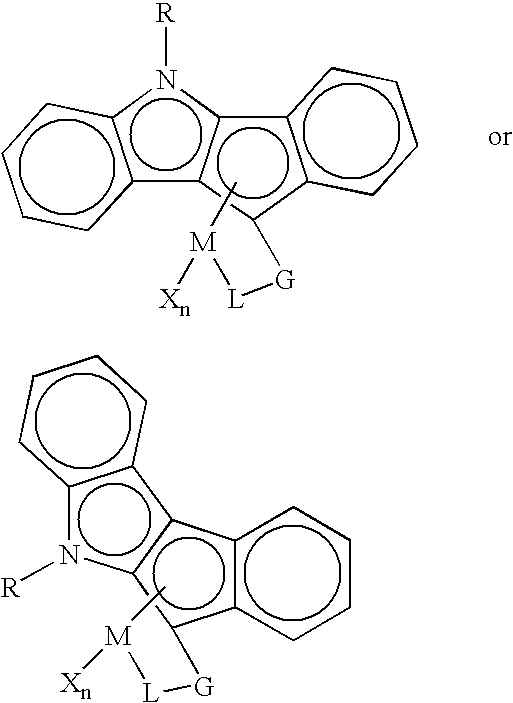Polyolefin resin blends for crack-resistant pipe
a polyolefin resin and crack-resistant pipe technology, applied in the direction of liquid/fluent solid measurement, machine/engine, fluid pressure measurement, etc., can solve the problems of reduced processability, high cost, or other trade-offs, and difficult to obtain fractional melt index, etc., to achieve rapid and easy generation of evidence
- Summary
- Abstract
- Description
- Claims
- Application Information
AI Technical Summary
Benefits of technology
Problems solved by technology
Method used
Image
Examples
example 1
Ziegler-Natta Catalyst Preparation
[0031]A polysiloxane-supported Ziegler-Natta catalyst is prepared generally as described in U.S. Pat. No. 4,464,518. Thus, n-butylmagnesium chloride and trimethylsilyl-terminated methylhydropolysiloxane are reacted in tetrahydrofuran, and the product (A) is diluted with toluene. Separately, 1-hexanol and cyclohexanol are carefully reacted in toluene with diethylaluminum chloride to give product (B). Products (A) and (B) are then combined to produce (C), which is combined with titanium tetrachloride and worked up in the usual way to give (D), the polysiloxane-supported titanium pre-catalyst. Combination of (D) with triethylaluminum as described previously gives the polysiloxane-supported Ziegler-Natta catalyst.
example 2
Preparation of Open-Architecture Indeno[1,2-b]indolyl Titanium Complex 5
[0032]The method of U.S. Pat. No. 6,818,713, Example 2 is used to prepare complex 5, which has the structure shown below:
example 4
Preparation of Mao-Treated Silica
[0034]In a glove box at room temperature, anhydrous toluene (40 mL) is added to calcined silica (CARiACT G-3 silica, product of Fuji Silysia Chemical, Ltd., calcined at 200° C. for 6 h prior to use, 8.0 g). Methylalumoxane (14.2 mL of 30 wt. % MAO in toluene, product of Albemarle) is slowly added to the magnetically stirred silica slurry. After stirring for 0.5 h at room temperature, the mixture is heated to 80° C. for 2 h using an external oil bath. After cooling to ambient temperature, toluene is removed under vacuum to provide MAO-treated silica (13.8 g).
PUM
| Property | Measurement | Unit |
|---|---|---|
| Theological polydispersity | aaaaa | aaaaa |
| density | aaaaa | aaaaa |
| density | aaaaa | aaaaa |
Abstract
Description
Claims
Application Information
 Login to View More
Login to View More - R&D
- Intellectual Property
- Life Sciences
- Materials
- Tech Scout
- Unparalleled Data Quality
- Higher Quality Content
- 60% Fewer Hallucinations
Browse by: Latest US Patents, China's latest patents, Technical Efficacy Thesaurus, Application Domain, Technology Topic, Popular Technical Reports.
© 2025 PatSnap. All rights reserved.Legal|Privacy policy|Modern Slavery Act Transparency Statement|Sitemap|About US| Contact US: help@patsnap.com



